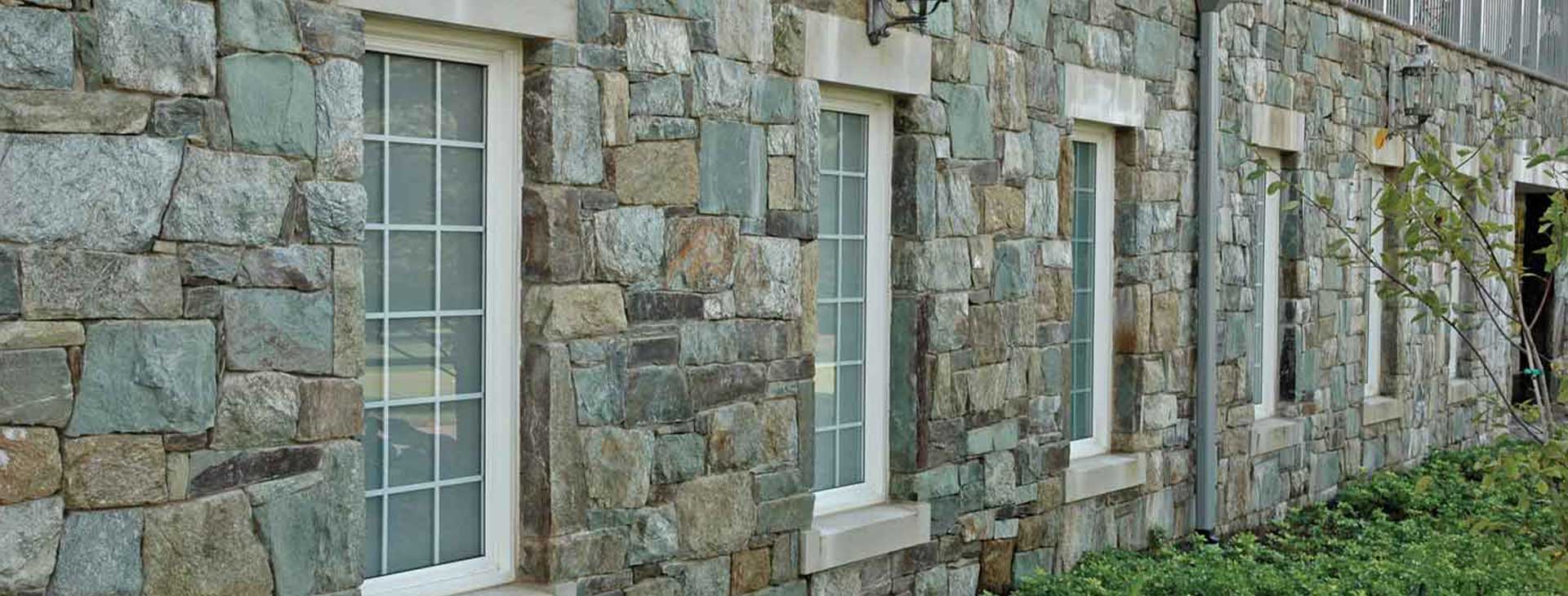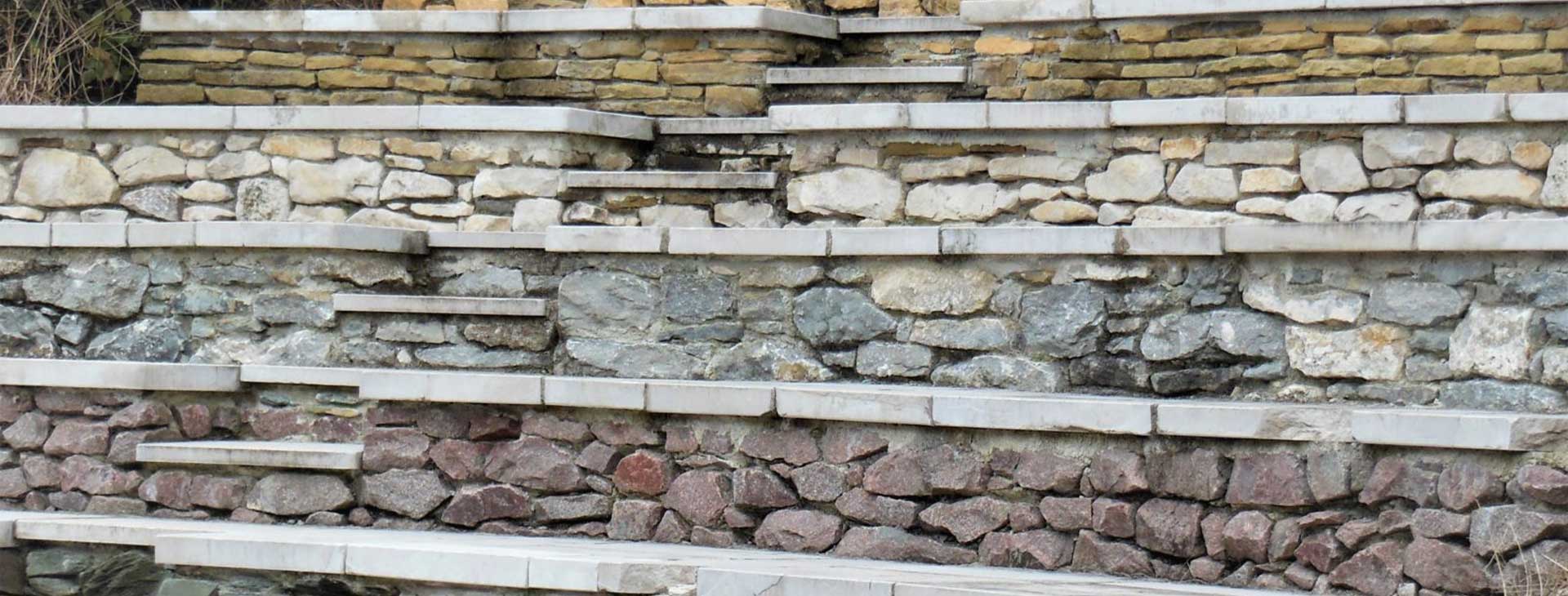
2025/04/16
•Studyin 5 Min
Iran stone industry; Unrivaled Hub of the Middle East in Diversity and Quality
Hidden within the Iranian Plateau lies a wealth that has long remained underappreciated. Iran’s building stones are a valuable treasure, recognized as an unmatched potential for expanding non-oil exports. What strategies can be employed to unlock this immense potential, and how can effective connections be established with key players in Iran’s stone industry?
Iran’s Position in the Global Stone Industry
Iran is one of the few countries that encompasses all the major types of building stones. Unlike some global competitors that only have one or two types of stone (for example, India, a major rival of Iran in the stone industry, only has granite, and Italy exclusively has marble quarries), Iran, with its high diversity, serves as a natural showcase for building stones. This variety places Iran in a unique position within the global stone supply chain.
As one of the largest producers of building stones in the world, Iran is recognized in international markets for the high quality and diverse range of its products. The country’s vast reserves of ornamental stones, including travertine, granite, marble, and marmore, have enabled it to achieve a prominent position on the global stage. Iran’s stone reserves are estimated at around 15 billion tons, and it ranks first globally in terms of color diversity and quality. In global stone production, Iran holds the fourth position, following China, India, and Italy. Interestingly, despite holding 15% of the world’s stone reserves, Iran controls only 1% of the global building stone export market.
Although more than 6,000 stone processing factories are active in Iran, challenges such as weak marketing, inadequate processing, and lack of effective branding have hindered the optimal use of these capacities in global markets.
Stone Reserves in Iran
With approximately 8,800 mines, including 1,900 decorative stone mines, Iran is one of the largest stone producers in the world. The country’s ornamental stone reserves are estimated at 4 billion tons, with an extraction capacity of over 25 million tons per year.
Iran ranks fourth globally in the production of building stones, with 2,000 industrial units active in this sector. The country exports 6 million tons of processed stone to global markets, and the processing production capacity reaches 180 million square meters.

Iran’s Stone Exports
Despite the high extraction capacity of various stones in the country, Iran is still underperforming in the economic utilization of these resources. Raw exports, weak international marketing, and traditional processing technologies have created gaps in the value chain of this industry.
While Iran’s mines have the capacity to supply a large portion of both regional and even global markets, the country’s share of global stone exports remains low compared to its competitors. China, the UAE, and several European countries like Italy and Germany are current buyers of Iranian stone; however, significant opportunities in both European and Asian markets remain untapped, and Iran has the potential to enter and capitalize on them.
Target Markets for Iranian Stone Exports
Approximately 84% of Iran’s processed stone exports go to 8 countries: Iraq, Turkey, Azerbaijan, the United Arab Emirates, Turkmenistan, Kuwait, Kazakhstan, and Afghanistan. Of these, 50% of Iran’s stone exports are directed to Iraq and Turkmenistan. These two countries are significant export markets for Iran due to their high demand for lower-priced products and relatively lower quality.
China, as one of the largest global stone markets, especially in the import of raw and processed stones, plays an important role in Iran’s stone trade. Although Iran’s stone exports to China are smaller in volume compared to nearby markets like Iraq and Turkmenistan, China remains a notable customer for Iranian stones.
Improving the Outlook of Iran’s Stone Industry with Tehran Stone Exhibition
Access to free waters, proximity to high-consumption markets, and extensive land and rail routes are advantages that few countries have. If this position is combined with smart policymaking, Iran could become one of the major export hubs for stone in the region.
In line with the Iranian government’s policies to improve the export of raw and processed stones, the Iran Stone Exhibition Tehran will be held on a larger scale than in previous years at the International Exhibition Center in Shahr-e-Aftab, Tehran. This year’s exhibition will feature exhibitors from Arab countries, Turkey, China, and Russia. Easy access to this center, as well as its proximity to industrial zones and mining cities in Iran, has contributed to the success and visibility of this event in previous editions. If you are interested in reserving a booth or booth construction for this event, feel free to contact us at Exhibitionmakers company.
Write your comments and comments
نظر شما
در مورد مطلب : Iran stone industry; Unrivaled Hub of the Middle East in Diversity and Quality